On a recent walk through Central Park with Daisy we were distracted, charmed, and entertained by a Golden-crowned Kinglet Regulus satrapa that was exploring each and every part of a fence for bugs, and occasionally hitting the jackpot when it found an old spider web with long-dead insects in it. Though both North American species of kinglets can be seemingly oblivious to the presence of humans this particular Golden-crowned Kinglet was more so than most and it was rather simple to figure out that if we placed ourselves ahead of it along the fence it was foraging on it would come right past, so we did and it did, within inches. Then we moved past the kinglet and waited again, and then we did it again, and again. It was a game one could never grow tired of simply because watching a four-inch bird that sometimes hangs upside-down, sometimes hover-gleans, and is completely unconcerned about one’s presence is amazing.
So now I am sure that folks are drooling at the thought of the absolutely astounding pictures I must have taken. And, well, I would have gotten absolutely astounding pictures if I had brought any lens but my 18-55mm. However, even with a lens so unsuited to bird photography I still managed to get a couple decent shots which are below. Not bad for such a short lens, right?
And, if you are interested, Daisy rejected both Regulus and Kinglet as names for our as-yet-unborn son. He is going to end up named “Hey you” unless we figure something out soon!
This post has been submitted to Bird Photography Weekly #61. Go check it out!


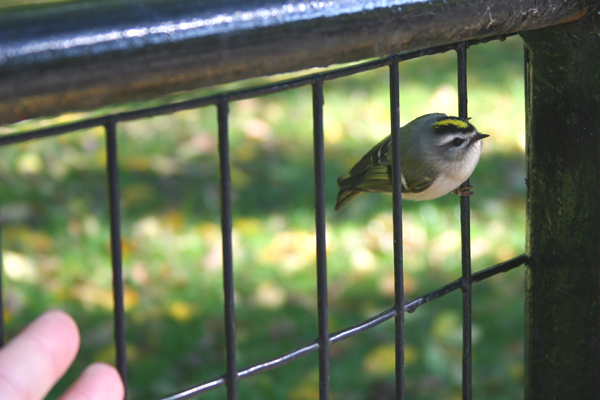
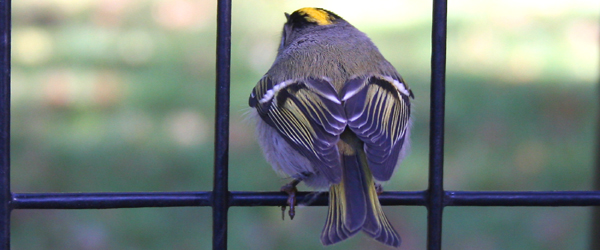
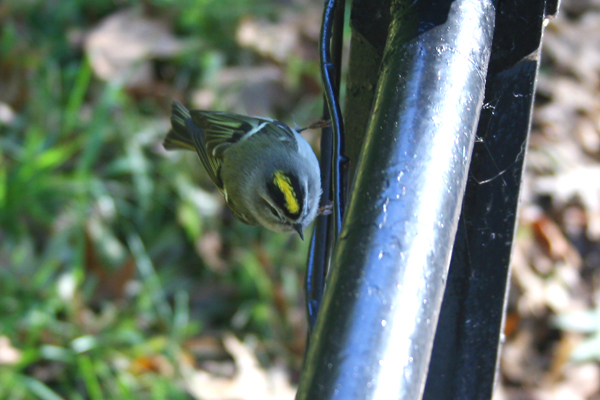






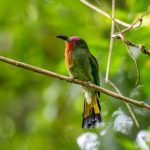

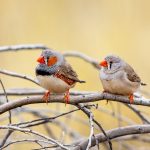
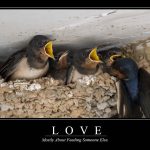

Corey,
What a great experience. Thanks for sharing!
Drew
Great pictures
I had a similar experience with ruby-crowned kinglets this Monday at Alley Pond Park. I stood still in the middle of a small flock of them and birds came incredibly close.
@Drew and Joseph: Thanks!
Great shots of the Golden Crowned Kinglet, I have been seeing them here but, they are way too fast for me to get a decent photo of them.
Nothing much better than a cute bird at a hand’s reach!
Great shots! Wish they were as confiding here in California.
Wonderful story and great photo op. Isn’t it a special feeling to commune with another creature like that?
Awesome is all I can say Corey. I love watching birds when they consider me harmless and go about their business as if I am part of the environment. Oh wait, I am part of the environment!
BTW, that is one of the best butt shots I have ever seen 😉
@Everyone: Thanks!
@Birder: I almost managed to touch him before catching myself while thinking “What if you had touched the kinglet? What good could that have done?”
@Wren: It sure is!
@Larry: Butt shots! Now we will get all kinds of google traffic!